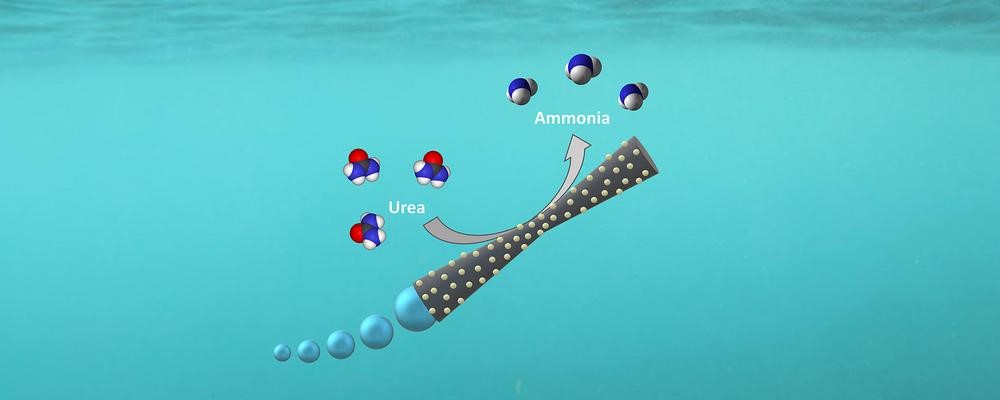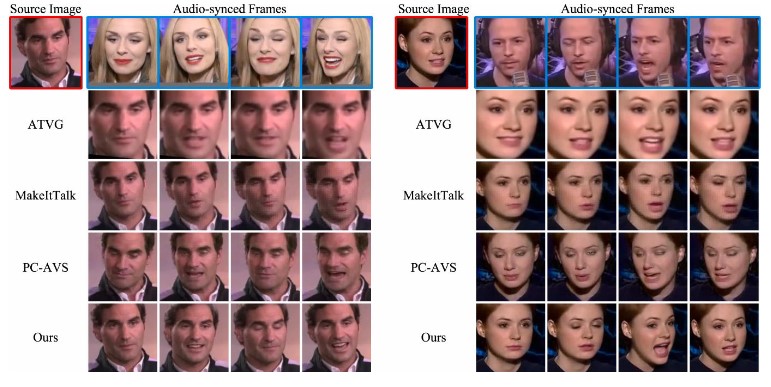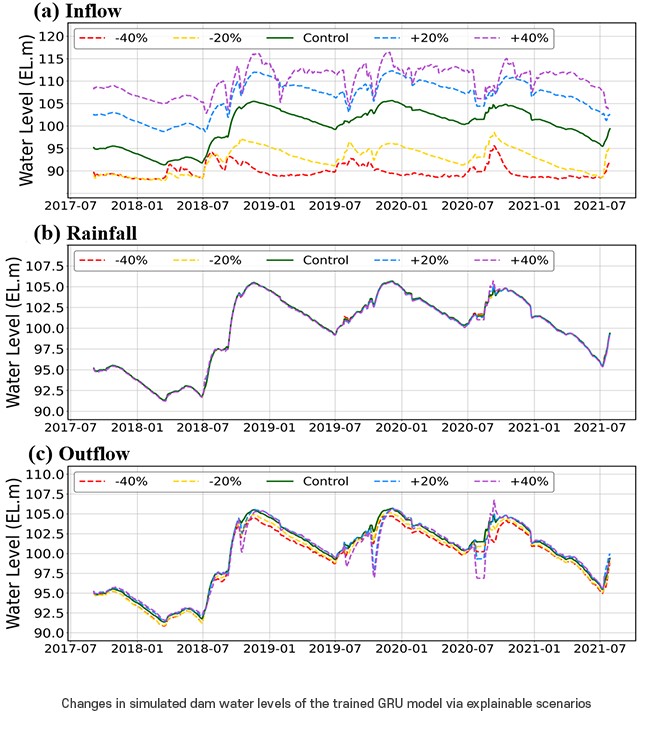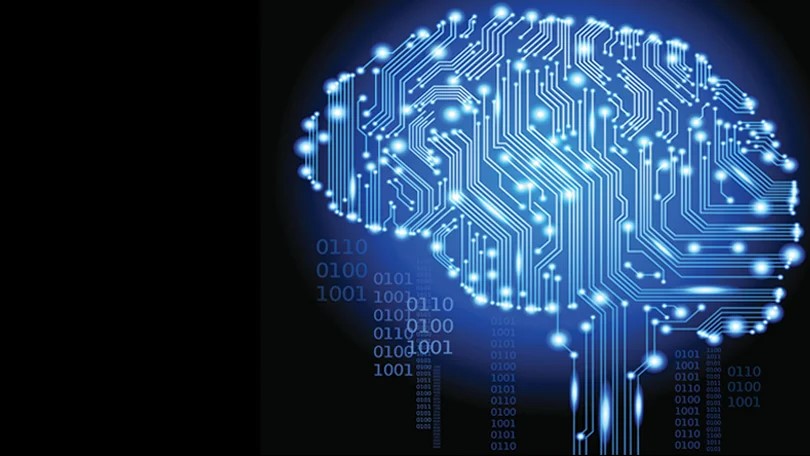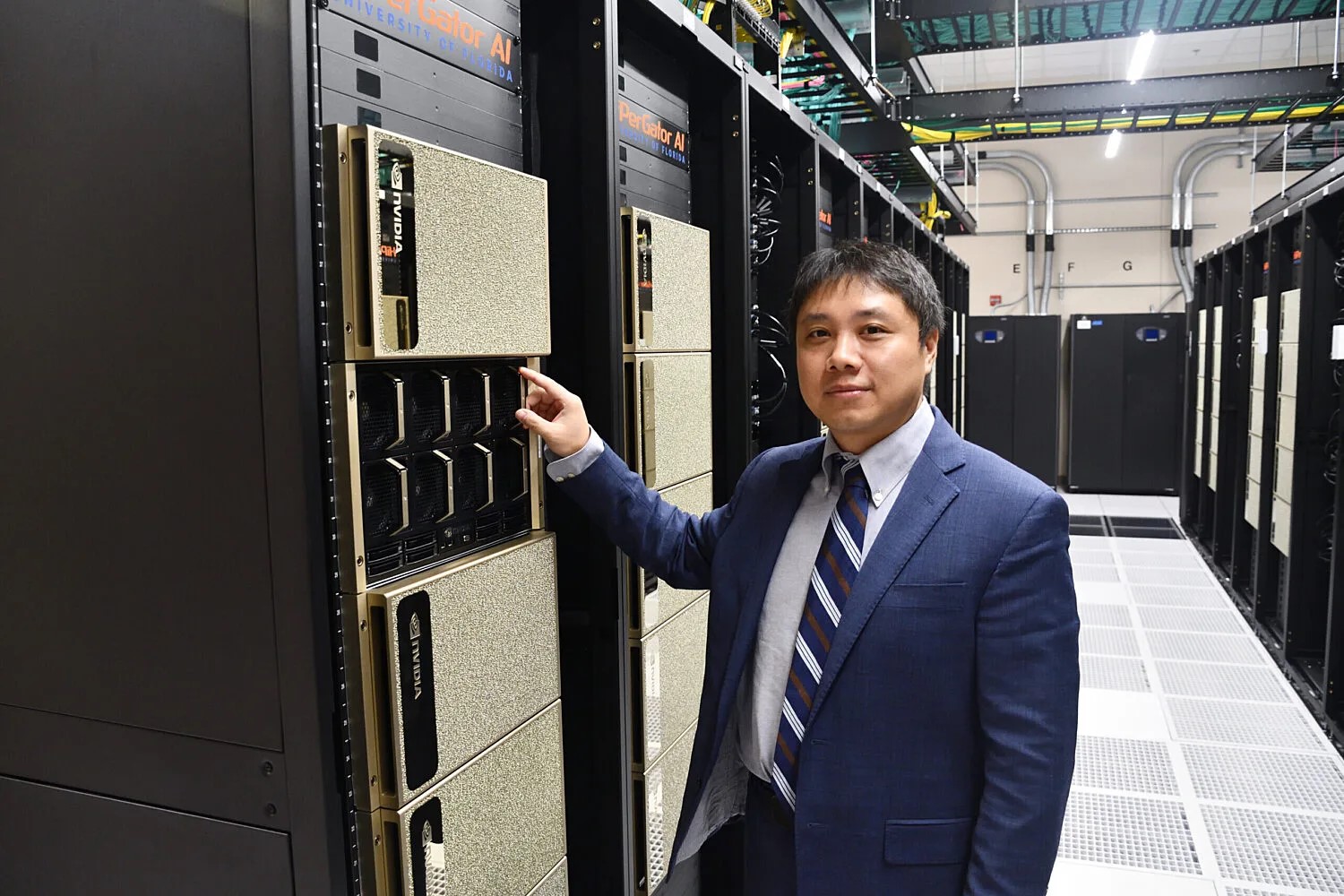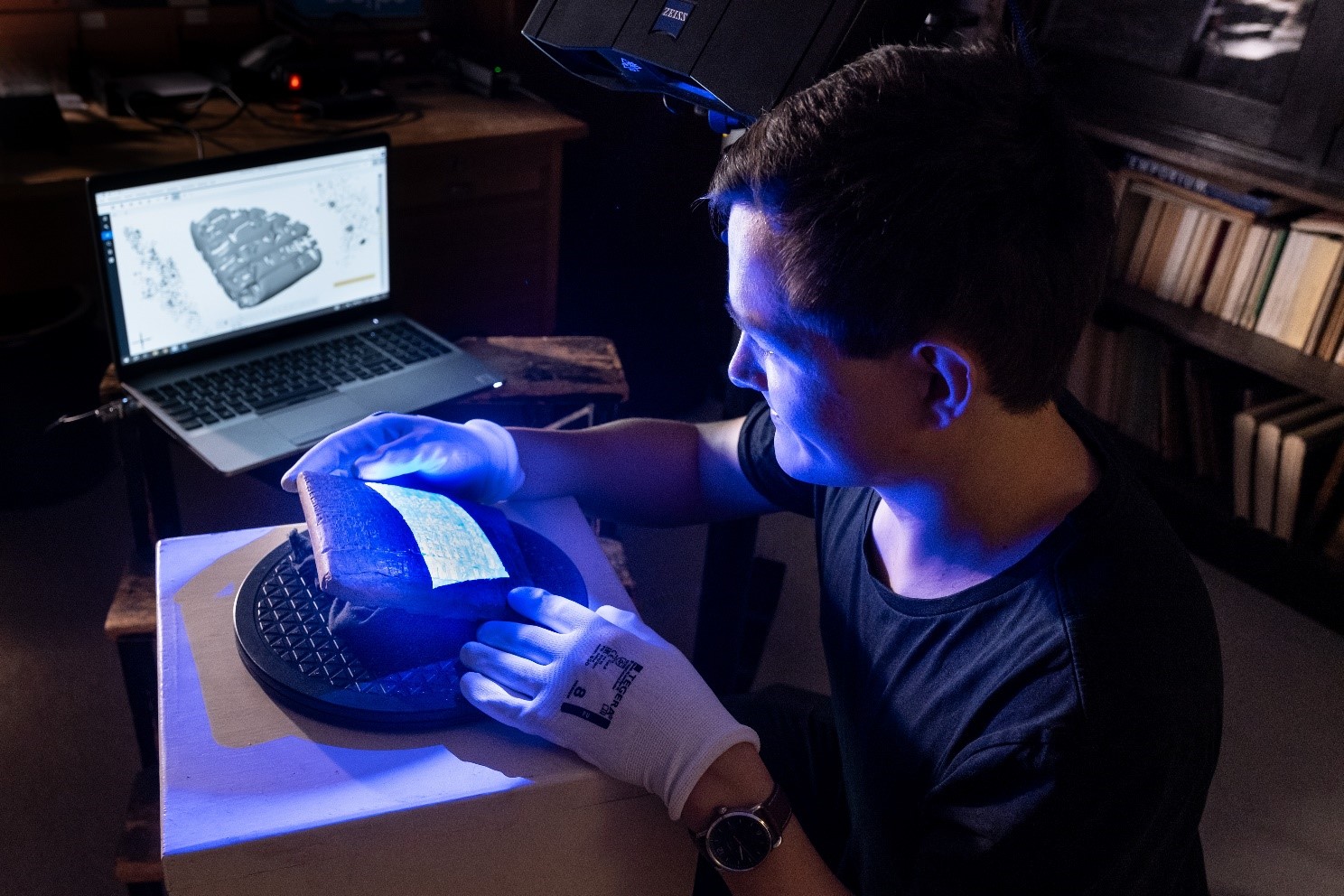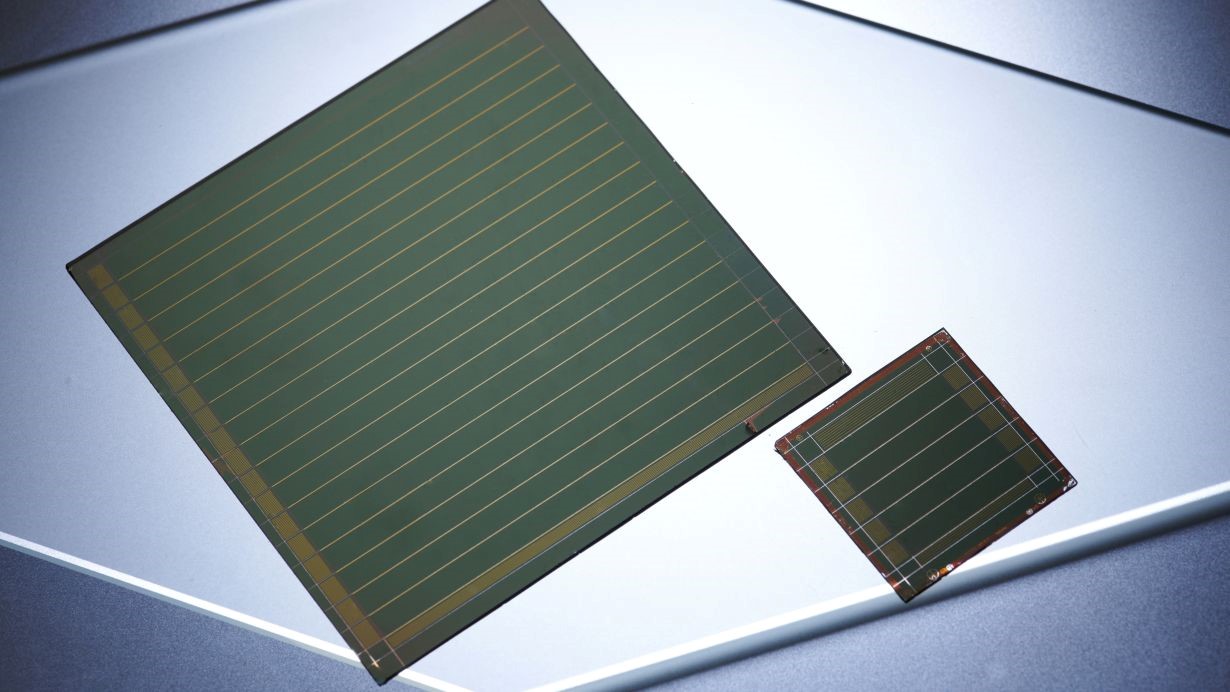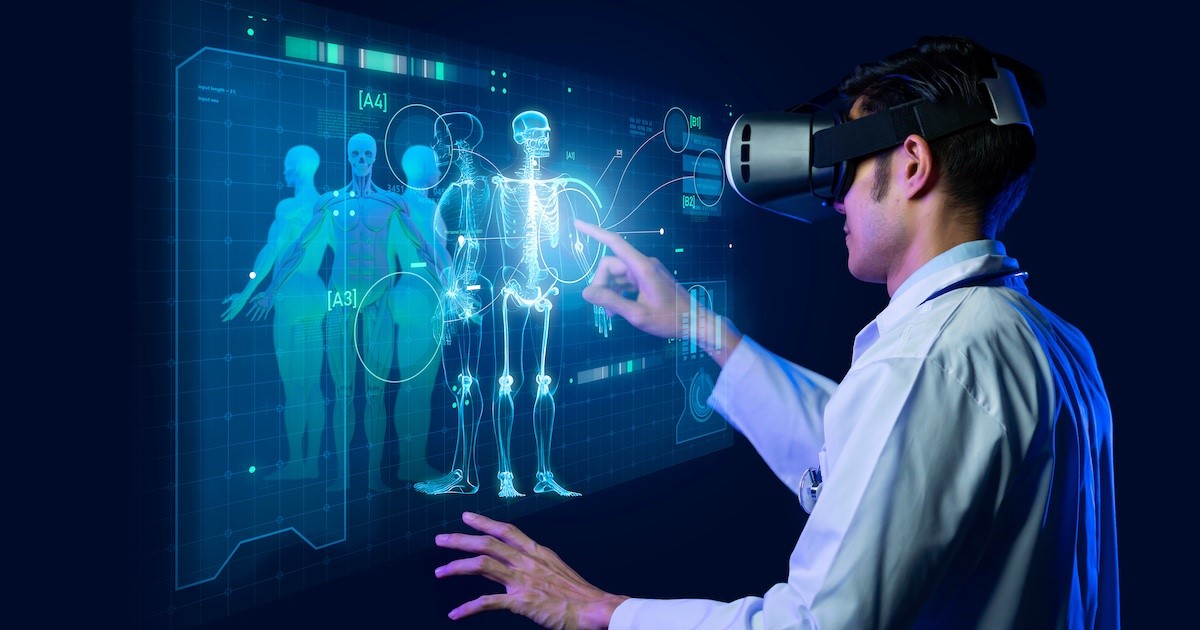AI Unleashes New Insights into Animal Embryonic Development
Embryonic development, the awe-inspiring journey from a fertilized egg to a fully functional organism, is a process deeply rooted in genetic control. While this biological phenomenon follows a general pattern across diverse animal species, nuances and variations in the timing of developmental stages contribute significantly to the rich tapestry of evolutionary adaptations and biodiversity. Recognizing the importance of understanding these variations, researchers at the University of Konstanz, led by systems biologist Patrick Müller, have embarked on a groundbreaking exploration. Leveraging the power of artificial intelligence (AI), they have developed a novel approach to objectively and efficiently record differences in embryonic development across species boundaries.
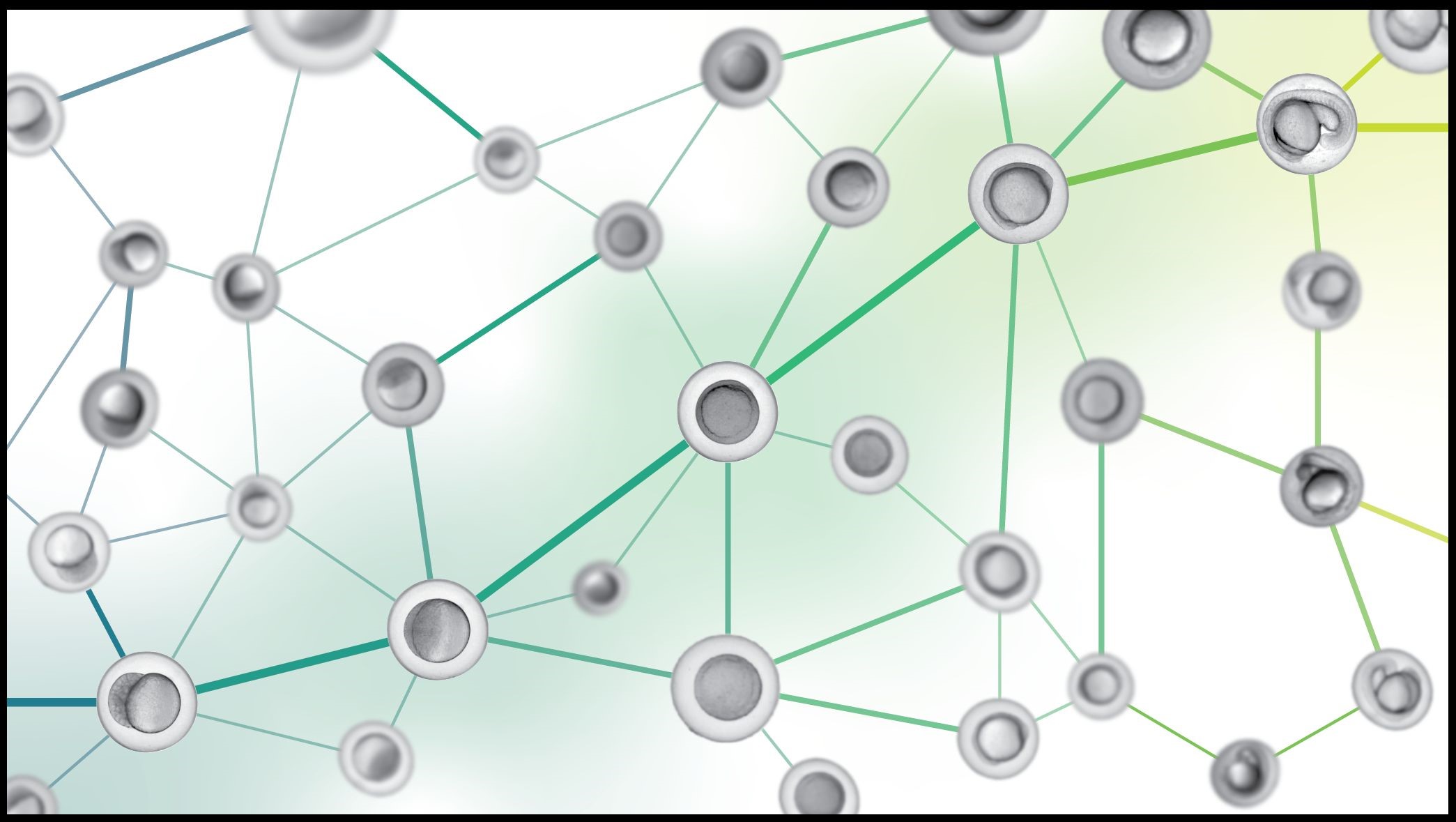
Figure 1. Zebrafish Embryos. (Credit: Patrick Müller, Nikan Toulany)
Figure 1 shows zebrafish embryos go through characteristic developmental stages, but even sibling embryos differ in the speed of these stages. Artificial intelligence can be used to calculate differences between embryos in terms of development tempo, characteristic developmental stages and structural differences.
The Challenge of Diversity
Animal embryos, despite sharing common developmental milestones, exhibit unique characteristics that make manual classification a challenging task. Existing knowledge, largely derived from meticulous microscopic observations, has resulted in reference books featuring idealized depictions of embryonic stages. However, these depictions may not always align with the dynamic and gradual transitions observed in actual embryos. Additionally, external factors such as temperature can influence the timing of embryonic development, further complicating the assignment of developmental stages.
The AI Solution
Enter the innovative approach led by Müller and his team, who recognized the need for a more objective and standardized method. In a recent article in Nature Methods, they unveil their AI-based solution that automates the capture of developmental tempo and the identification of characteristic stages without human intervention. The researchers trained their Twin Network using over 3 million images of healthy zebrafish embryos, showcasing the adaptability and versatility of their AI model.
Zebrafish as Pioneers
The initial application of the AI model focused on zebrafish embryos. The AI demonstrated an impressive ability to autonomously determine developmental age and identify key steps in embryogenesis. Notably, it could even detect malformations, offering a comprehensive understanding of embryonic development beyond the expected.
A Leap Across Species
One of the most remarkable aspects of this AI-based method is its capacity for cross-species application. The researchers successfully transferred the approach to other animal species, including sticklebacks and the evolutionarily distant Caenorhabditis elegans. This adaptability positions the AI method as a powerful tool for studying the embryonic development and evolution of a wide range of animal species.
The marriage of artificial intelligence and developmental biology marks a significant leap forward in our ability to understand and compare embryonic development across species. Müller's team's Twin Network-based method not only provides an objective and standardized approach but also holds immense potential for unlocking the mysteries of previously uncharacterized animal species. As technology continues to intersect with biology, the possibilities for unraveling the secrets of evolution appear boundless.
Source: University of Konstanz
Cite this article:
Hana M (2023), AI Unleashes New Insights into Animal Embryonic Development, AnaTechMaz, pp. 339




